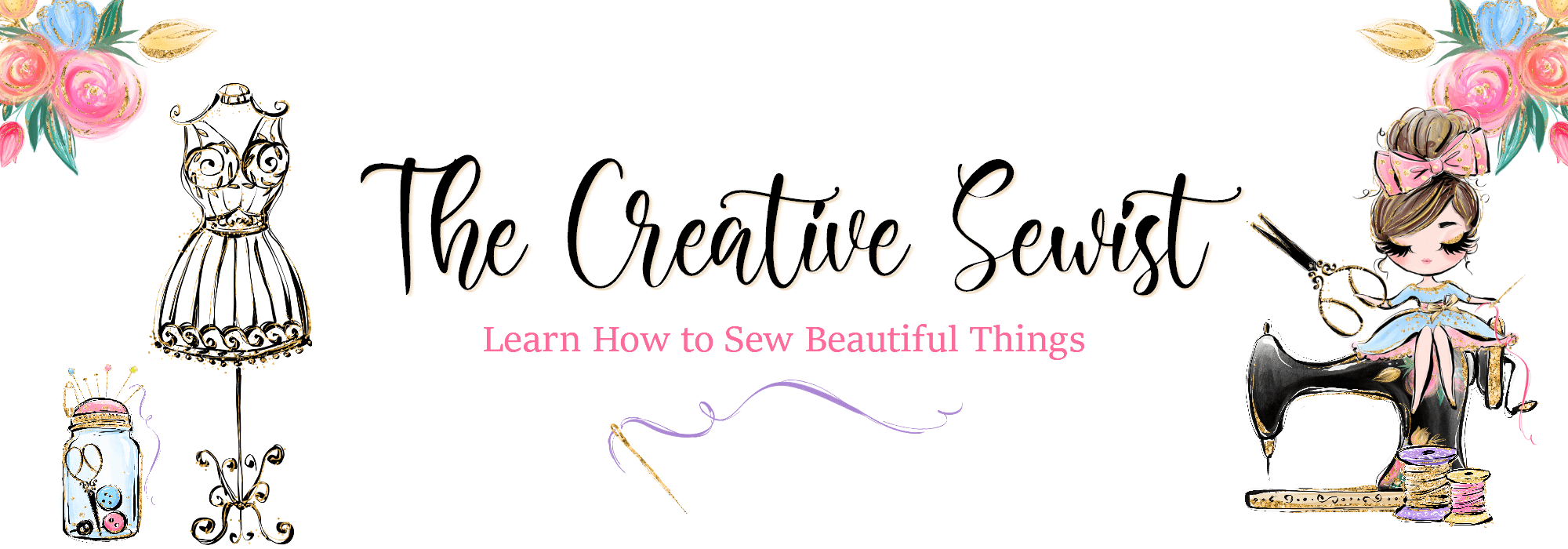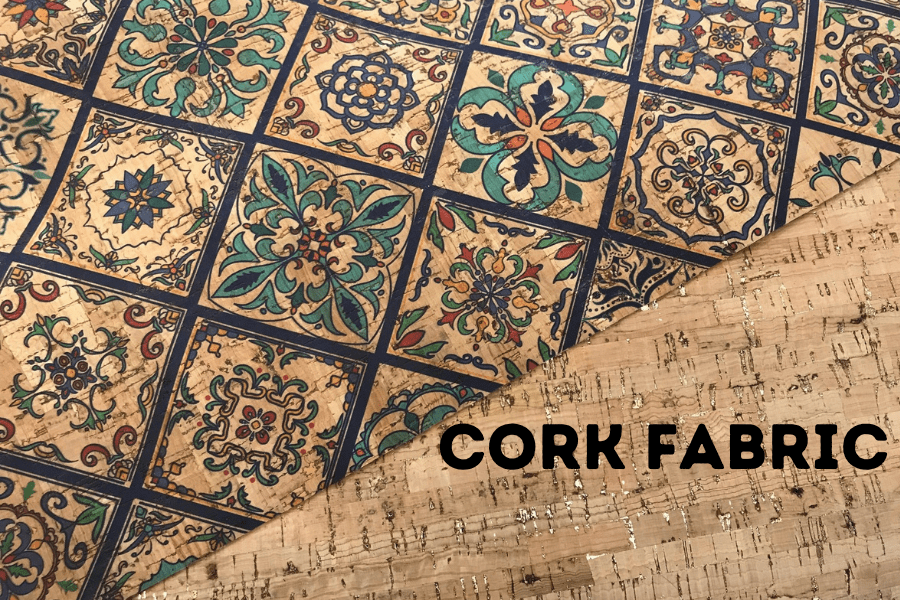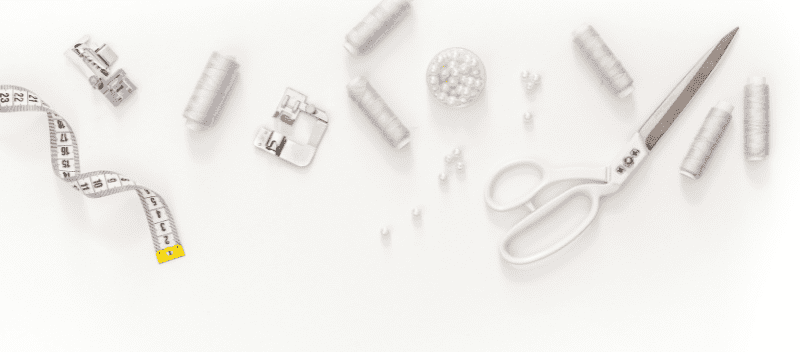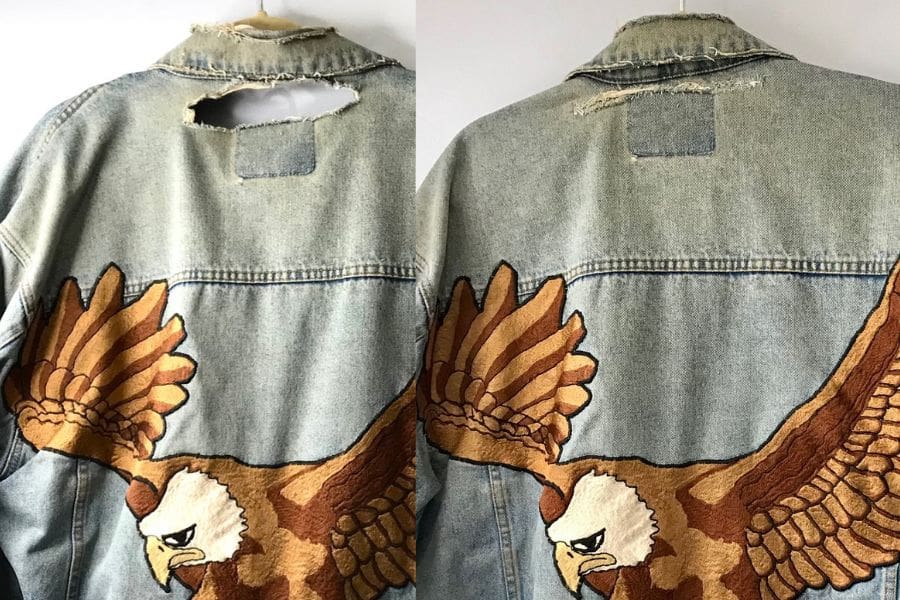Top 6 Best Skill Building Sewing Techniques For Beginner Sewist
The Best Skill Building Sewing Techniques That Every Beginner Sewist Should Know
As a beginner sewist, there are so many things to learn! It’s tempting to dive right into complicated projects, but it’s best to build your skills from the ground up. Starting with the basics and working your way to more advanced techniques will help you avoid frustration while building a solid knowledge base and skill set.
Below are 6 sewing techniques that every beginner garment sewist should learn. Learning these beginner sewing techniques will help you gain the basic and most fundamental skills you’ll need to sew almost any piece of clothing!
What is a basic straight stitch
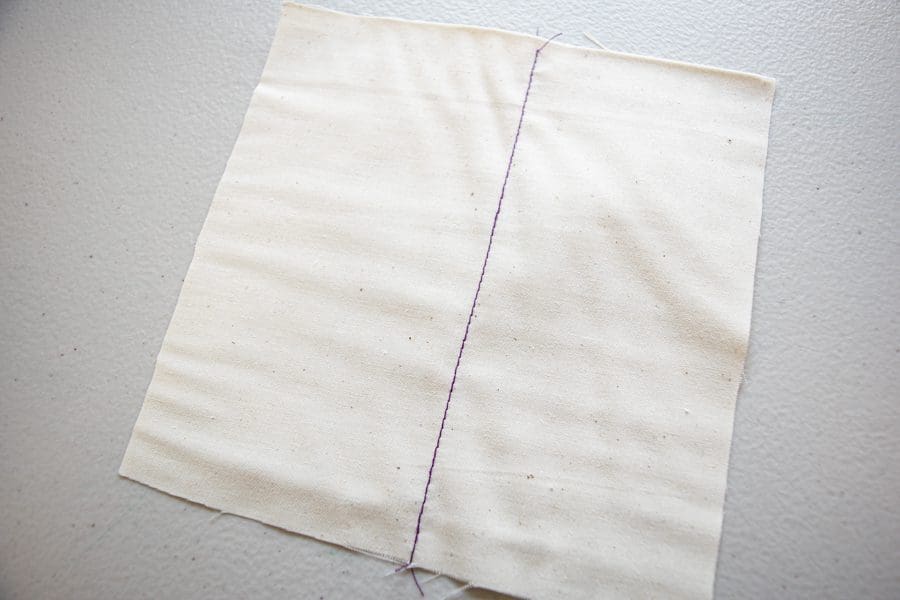
Understanding and learning how to use a basic straight stitch is the best place to start when learning how to sew. The basic straight stitch is your utility stitch – it’s the stitch you will likely use the most since every project made with non-stretch fabric (and even some made with stretch fabric) will require a straight stitch.
To gain confidence with the straight stitch, first practice sewing straight lines and staying an even distance from the edge of the fabric – being able to sew in a straight line is critical to achieving great results from your sewing. Once you’ve mastered straight lines, you can draw curved lines onto your fabric and sew along them to practice sewing smooth curves.
What is a zigzag stitch
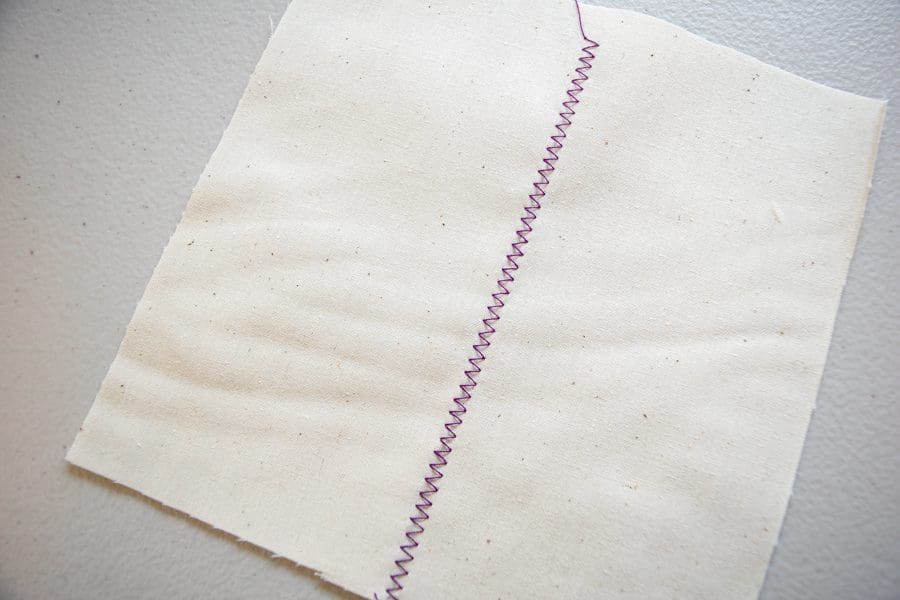
A zigzag stitch is the other basic utility stitch that you will use frequently, especially if you enjoy sewing (and wearing) stretchy, knit garments. A straight stitch doesn’t provide the ‘give’ or ‘ease’ required when wearing stretchy fabrics. In many instances, a straight stitch seam under stress will fail. We call this ‘seam popping’ or ‘seam failure’—something you don’t want to experience esp. if you are sewing for others! The structure of a zigzag stitch results in a seam with more give, so the fabric can stretch without worrying about breaking stitches. Also, if you do not have an overlock stitch on your machine, you can also use a zig zag stitch to finish a fabric edge to prevent fraying.
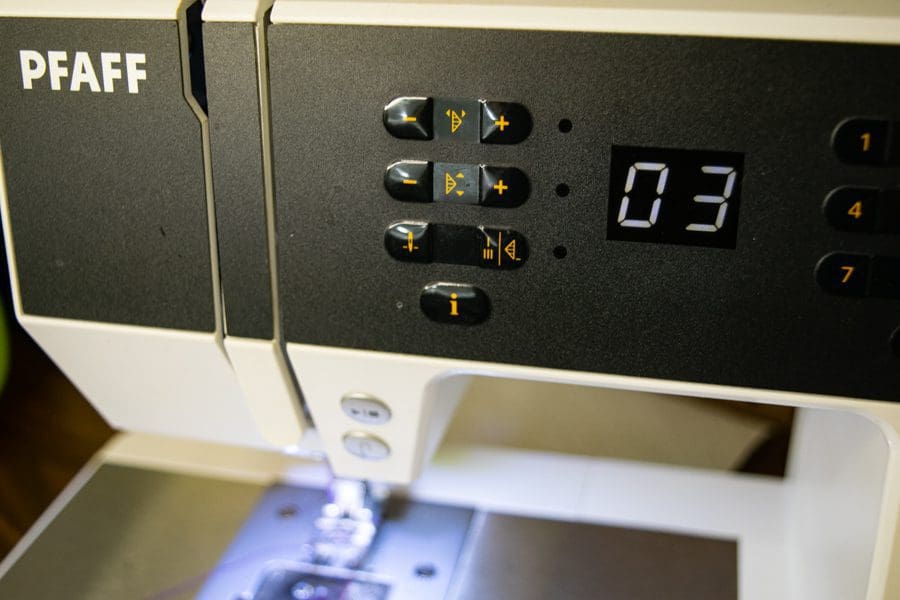
To practice a zigzag stitch, first switch your sewing machine to the zigzag stitch setting (check your manual if you don’t know how) and practice adjusting the length and width of the zigzag. Get familiar with how adjusting the stitch setting affects the look and functionality of the stitch. You will have to find the best length and width setting for each fabric you work with, so getting familiar with the various settings is extremely helpful.
Don’t forget to finish your seams
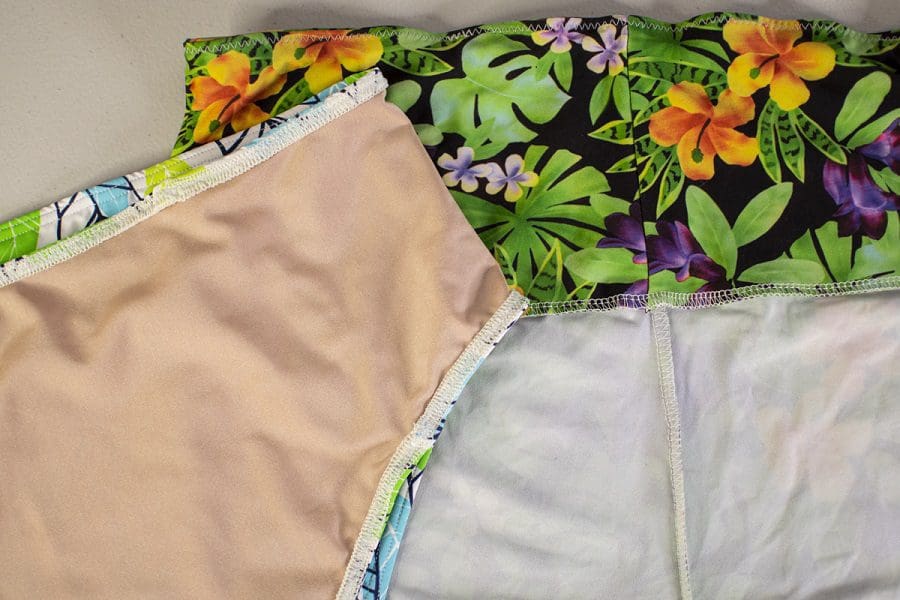
A step that many beginners skip while sewing – but that they definitely shouldn’t be skipping – is finishing your seams. A seam finish is a treatment of the raw edges of your fabric that prevents them from fraying. This is important because if you skip the seam finish, your project may start to look ragged and frayed on the inside and could even unravel all the way through your stitching.
There are many different methods you can use to finish your seams, some more beginner-friendly than others. This post is a great summary of different seam finishes and how to use each one.
Practice gathering fabric
Gathering fabric is a great sewing technique for a beginner to learn – it’s easy, and the result is a gorgeous, romantic, ruffled look. Gathering is perfect for dresses with full skirts, for voluminous sleeves, or for adding a little flirty detail to a top.
To gather fabric, follow these simple steps:
- Using a 4-5mm long stitch, sew one line of stitching approximately 1/8” from the edge of the fabric. LEAVE LONG THREAD TAILS (at least 4-5 inches long) at the beginning and end of the seam. DO NOT BACKSTITCH.
- Sew a second row of stitching using the same process as step one approximately 1/8” from the first row of sewing. This row will be on the INSIDE of your first line and will be closer to your seam line.
SEWING TIP: Make sure both rows of stitching are within the seam allowance so that they will not be visible once the garment is finished. If you are working with a thick fabric, you may need to adjust the stitch length to a slightly longer length. Always practice a gather stitch on a scrap piece of fabric before proceeding.
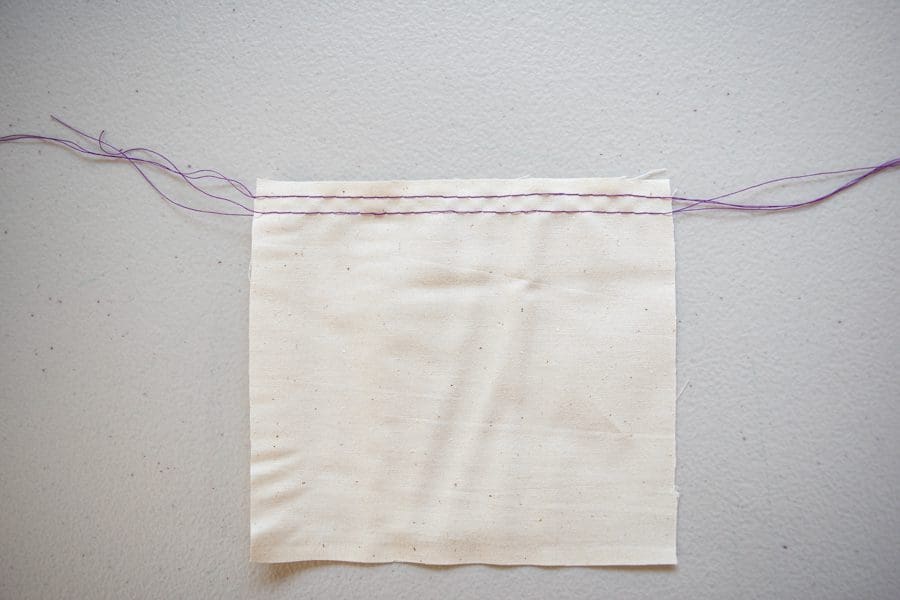
Next, pull on the bobbin thread tails to create gathers in the fabric. You can slide the gathers along the stitching to create nice, even gathering.
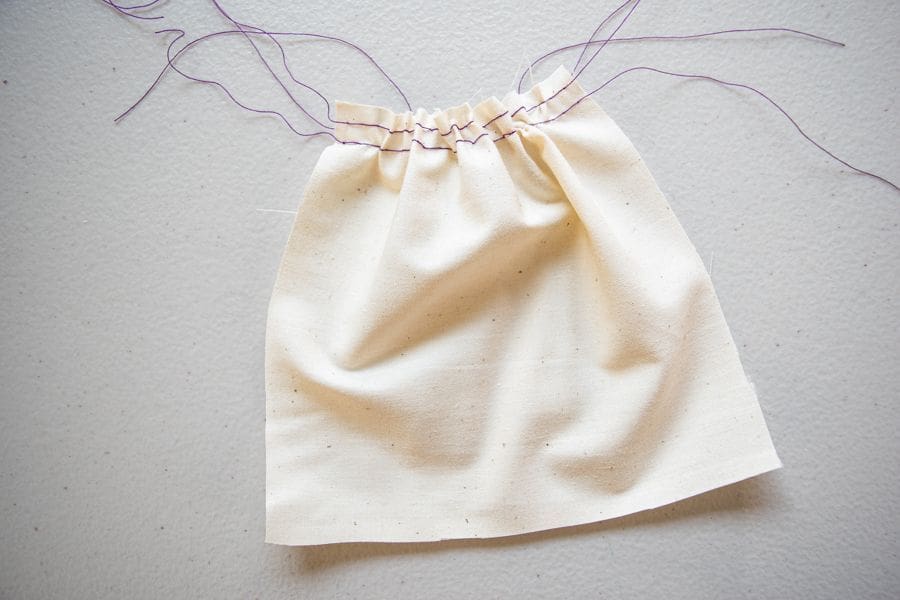
How Do I Sew buttons and buttonholes
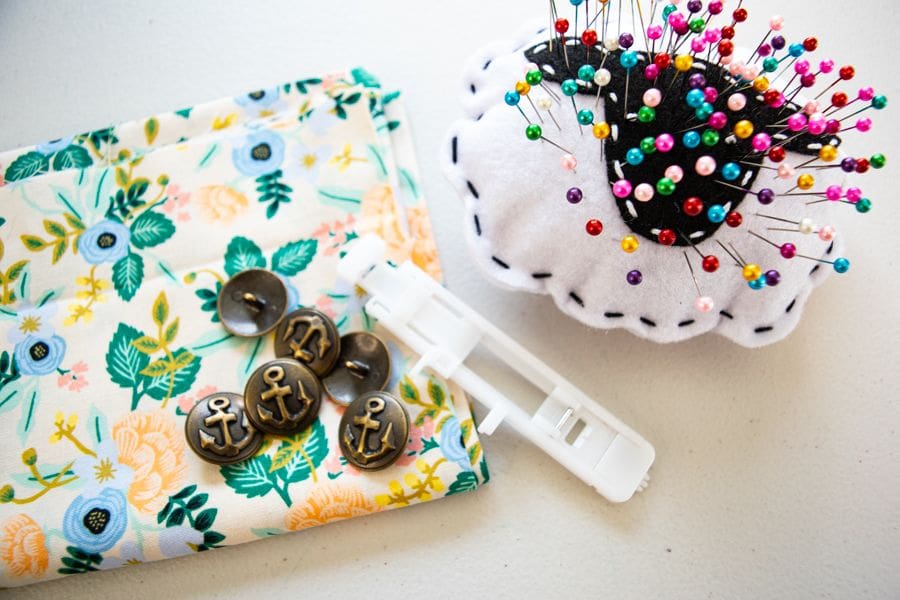
Any non-stretch, somewhat-fitted garment will require some sort of closure. Buttons are an excellent choice – they’re easy to attach and they look great. Learning how to sew buttonholes and sew on buttons is an important skill for a beginner garment sewist to learn.
If your sewing machine came with a one-step or a four-step buttonhole feature, you’re in luck – sewing buttonholes couldn’t be easier! However, even if your machine can’t do automatic buttonholes, you can still create great buttonholes by hand or with a zigzag stitch on your machine. Just check your sewing machine manual for instructions on sewing buttonholes.
To attach buttons, you can either sew them on by hand or by machine. It just takes patience and practice!
How do I insert a zipper
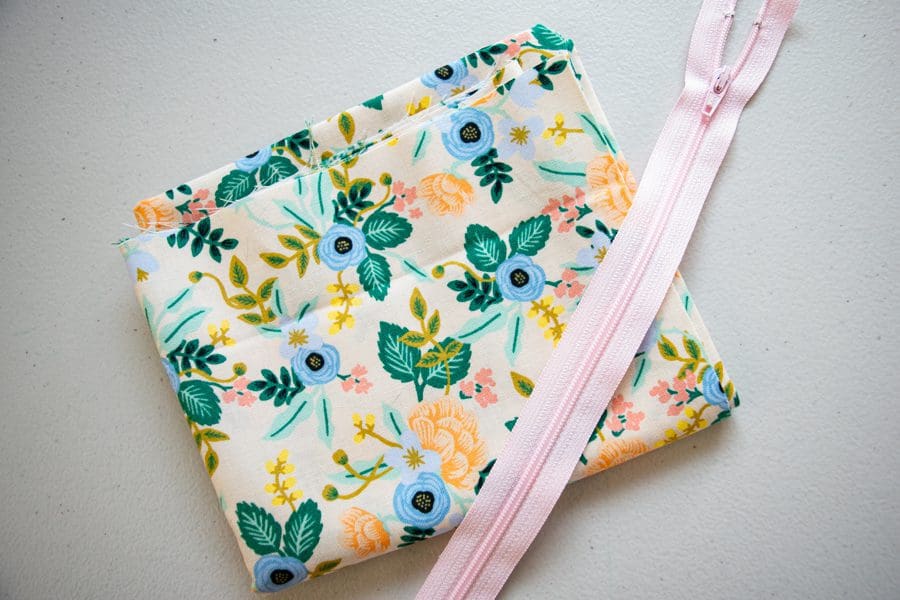
The other common closure you will want to know how to sew is a zipper! Zippers are everywhere – dresses, skirts, pants, bags, and more – so inserting a zipper is a great skill to learn.
Inserting a zipper can be challenging, especially for a beginner, but it’s definitely a challenge worth tackling because zippers will likely always be a part of your sewing journey.
This tutorial is great for learning how to insert a standard zipper!
Just remember to take your time when learning a new sewing technique and be patient. Some techniques are easier to master than others. Also, it’s important to understand that the more your practice, the easier it gets!
Before you leave, please take a moment and tell me which sewing technique has helped you the most. I’d love to hear from you! Also, if you are struggling with a specific sewing technique and would like our help, please tell us in the comments below.
CHRISTINE WARREN
Sewing isn’t just my job, it’s my passion. I’ve enjoyed sewing and needle working since I was very young.

